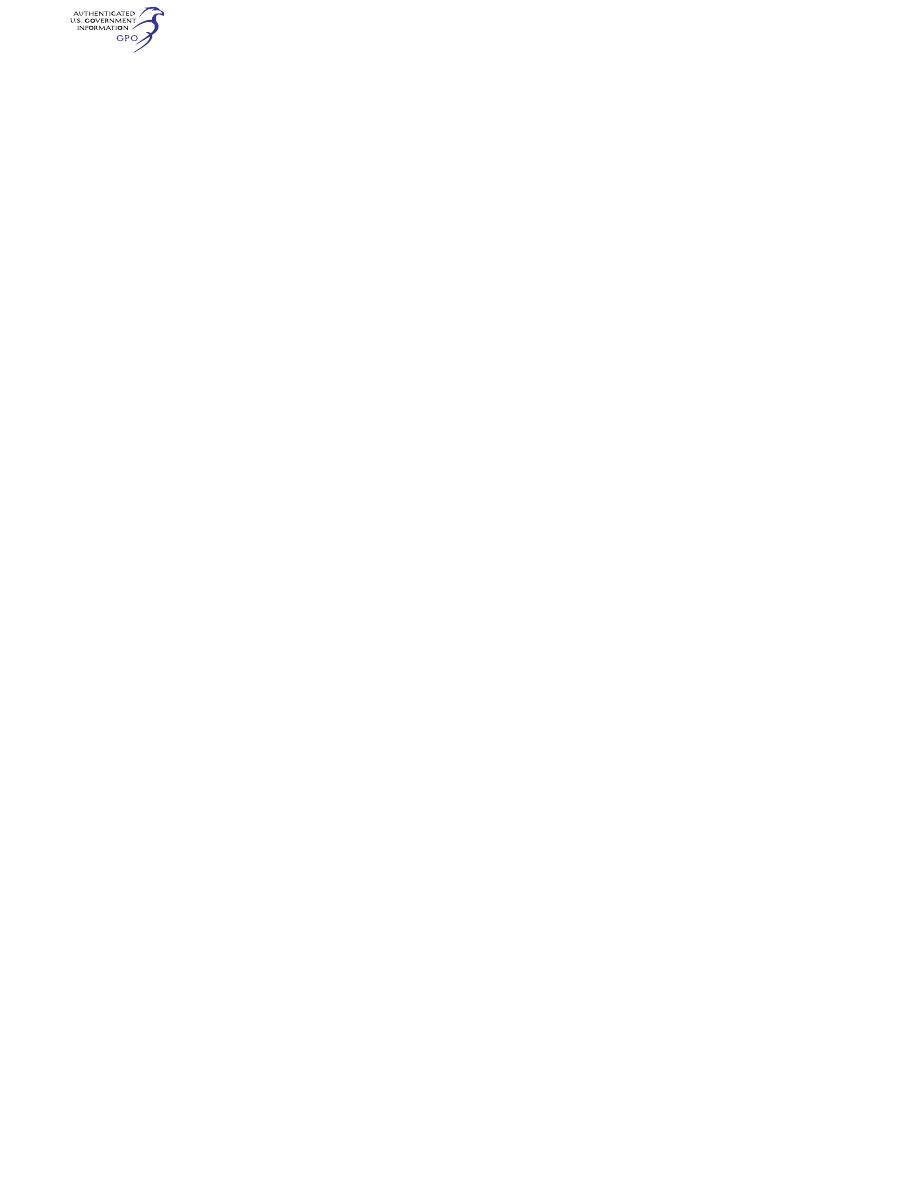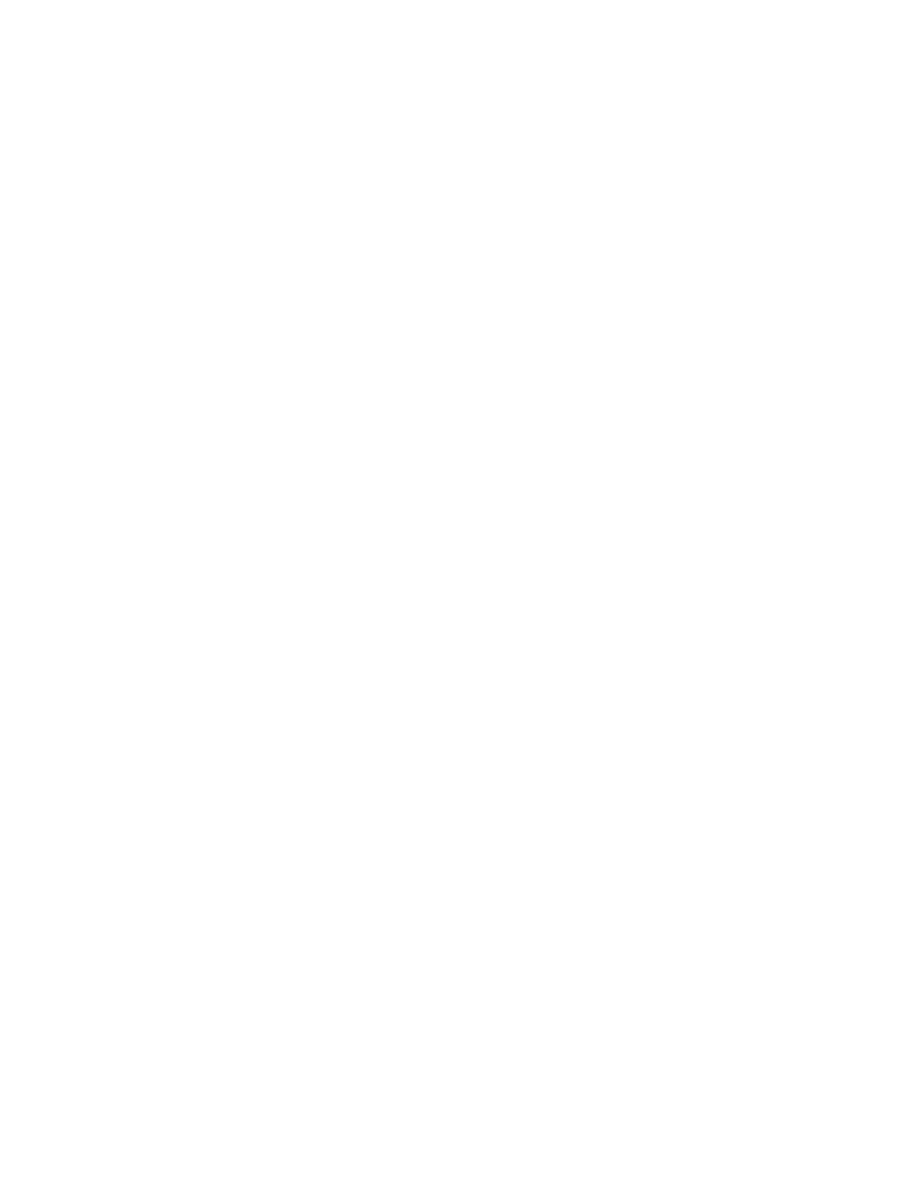
483
Federal Aviation Administration, DOT
§ 135.293
the provisions of subpart F of this part,
as applicable.
(iv) Are approved by the Adminis-
trator and described or referenced in
the certificate holder’s operations
specifications; and
(2) Whenever the Administrator finds
that revisions are necessary for the
continued adequacy of duty period lim-
itation and rest requirement proce-
dures that are required by paragraph
(c)(1) of this section and that had been
granted final approval, the certificate
holder must, after notification by the
Administrator, make any changes in
the procedures that are found nec-
essary by the Administrator. Within 30
days after the certificate holder re-
ceives such notice, it may file a peti-
tion to reconsider the notice with the
responsible Flight Standards office.
The filing of a petition to reconsider
stays the notice, pending decision by
the Administrator. However, if the Ad-
ministrator finds that there is an
emergency that requires immediate ac-
tion in the interest of safety, the Ad-
ministrator may, upon a statement of
the reasons, require a change effective
without stay.
[Amdt. 135–52, 59 FR 42993, Aug. 19, 1994, as
amended by Amdt. 135–60, 61 FR 2616, Jan. 26,
1996; Docket FAA–2018–0119, Amdt. 135–139, 83
FR 9175, Mar. 5, 2018]
Subpart G—Crewmember Testing
Requirements
§ 135.291 Applicability.
Except as provided in § 135.3, this sub-
part—
(a) Prescribes the tests and checks
required for pilot and flight attendant
crewmembers and for the approval of
check pilots in operations under this
part; and
(b) Permits training center personnel
authorized under part 142 of this chap-
ter who meet the requirements of
§§ 135.337 and 135.339 to conduct train-
ing, testing, and checking under con-
tract or other arrangement to those
persons subject to the requirements of
this subpart.
[Doc. No. 26933, 61 FR 34561, July 2, 1996, as
amended by Amdt. 135–91, 68 FR 54587, Sept.
17, 2003]
§ 135.293 Initial and recurrent pilot
testing requirements.
(a) No certificate holder may use a
pilot, nor may any person serve as a
pilot, unless, since the beginning of the
12th calendar month before that serv-
ice, that pilot has passed a written or
oral test, given by the Administrator
or an authorized check pilot, on that
pilot’s knowledge in the following
areas—
(1) The appropriate provisions of
parts 61, 91, and 135 of this chapter and
the operations specifications and the
manual of the certificate holder;
(2) For each type of aircraft to be
flown by the pilot, the aircraft power-
plant, major components and systems,
major appliances, performance and op-
erating limitations, standard and
emergency operating procedures, and
the contents of the approved Aircraft
Flight Manual or equivalent, as appli-
cable;
(3) For each type of aircraft to be
flown by the pilot, the method of deter-
mining compliance with weight and
balance limitations for takeoff, landing
and en route operations;
(4) Navigation and use of air naviga-
tion aids appropriate to the operation
or pilot authorization, including, when
applicable, instrument approach facili-
ties and procedures;
(5) Air traffic control procedures, in-
cluding IFR procedures when applica-
ble;
(6) Meteorology in general, including
the principles of frontal systems, icing,
fog, thunderstorms, and windshear,
and, if appropriate for the operation of
the certificate holder, high altitude
weather;
(7) Procedures for—
(i) Recognizing and avoiding severe
weather situations;
(ii) Escaping from severe weather sit-
uations, in case of inadvertent encoun-
ters, including low-altitude windshear
(except that rotorcraft pilots are not
required to be tested on escaping from
low-altitude windshear);
(iii) Operating in or near thunder-
storms (including best penetrating al-
titudes), turbulent air (including clear
air turbulence), icing, hail, and other
potentially hazardous meteorological
conditions; and

484
14 CFR Ch. I (1–1–24 Edition)
§ 135.295
(8) New equipment, procedures, or
techniques, as appropriate; and
(9) For rotorcraft pilots, procedures
for aircraft handling in flat-light,
whiteout, and brownout conditions, in-
cluding methods for recognizing and
avoiding those conditions.
(b) No certificate holder may use a
pilot, nor may any person serve as a
pilot, in any aircraft unless, since the
beginning of the 12th calendar month
before that service, that pilot has
passed a competency check given by
the Administrator or an authorized
check pilot in that class of aircraft, if
single-engine airplane other than tur-
bojet, or that type of aircraft, if heli-
copter, multiengine airplane, or tur-
bojet airplane, to determine the pilot’s
competence in practical skills and
techniques in that aircraft or class of
aircraft. The extent of the competency
check shall be determined by the Ad-
ministrator or authorized check pilot
conducting the competency check. The
competency check may include any of
the maneuvers and procedures cur-
rently required for the original
issuance of the particular pilot certifi-
cate required for the operations au-
thorized and appropriate to the cat-
egory, class and type of aircraft in-
volved. For the purposes of this para-
graph, type, as to an airplane, means
any one of a group of airplanes deter-
mined by the Administrator to have a
similar means of propulsion, the same
manufacturer, and no significantly dif-
ferent handling or flight characteris-
tics. For the purposes of this para-
graph, type, as to a helicopter, means a
basic make and model.
(c) Each competency check given in a
rotorcraft must include a demonstra-
tion of the pilot’s ability to maneuver
the rotorcraft solely by reference to in-
struments. The check must determine
the pilot’s ability to safely maneuver
the rotorcraft into visual meteorolog-
ical conditions following an inad-
vertent encounter with instrument me-
teorological conditions. For com-
petency checks in non-IFR-certified
rotorcraft, the pilot must perform such
maneuvers as are appropriate to the
rotorcraft’s installed equipment, the
certificate holder’s operations speci-
fications, and the operating environ-
ment.
(d) The instrument proficiency check
required by § 135.297 may be substituted
for the competency check required by
this section for the type of aircraft
used in the check.
(e) For the purpose of this part, com-
petent performance of a procedure or
maneuver by a person to be used as a
pilot requires that the pilot be the ob-
vious master of the aircraft, with the
successful outcome of the maneuver
never in doubt.
(f) The Administrator or authorized
check pilot certifies the competency of
each pilot who passes the knowledge or
flight check in the certificate holder’s
pilot records.
(g) Portions of a required competency
check may be given in an aircraft sim-
ulator or other appropriate training de-
vice, if approved by the Administrator.
(h) Rotorcraft pilots must be tested
on the subjects in paragraph (a)(9) of
this section when taking a written or
oral knowledge test after April 22, 2015.
Rotorcraft pilots must be checked on
the maneuvers and procedures in para-
graph (c) of this section when taking a
competency check after April 22, 2015.
(i) If the certificate holder is author-
ized to conduct EFVS operations, the
competency check in paragraph (b) of
this section must include tasks appro-
priate to the EFVS operations the cer-
tificate holder is authorized to con-
duct.
[Doc. No. 16097, 43 FR 46783, Oct. 10, 1978, as
amended by Amdt. 135–27, 53 FR 37697, Sept.
27, 1988; Amdt. 135–129, 79 FR 9974, Feb. 21,
2014; 79 FR 22012, Apr. 21, 2014; Docket FAA–
2013–0485, Amdt. 135–135, 81 FR 90177, Dec. 13,
2016]
§ 135.295 Initial and recurrent flight
attendant crewmember testing re-
quirements.
No certificate holder may use a flight
attendant crewmember, nor may any
person serve as a flight attendant crew-
member unless, since the beginning of
the 12th calendar month before that
service, the certificate holder has de-
termined by appropriate initial and re-
current testing that the person is
knowledgeable and competent in the
following areas as appropriate to as-
signed duties and responsibilities—
(a) Authority of the pilot in com-
mand;

